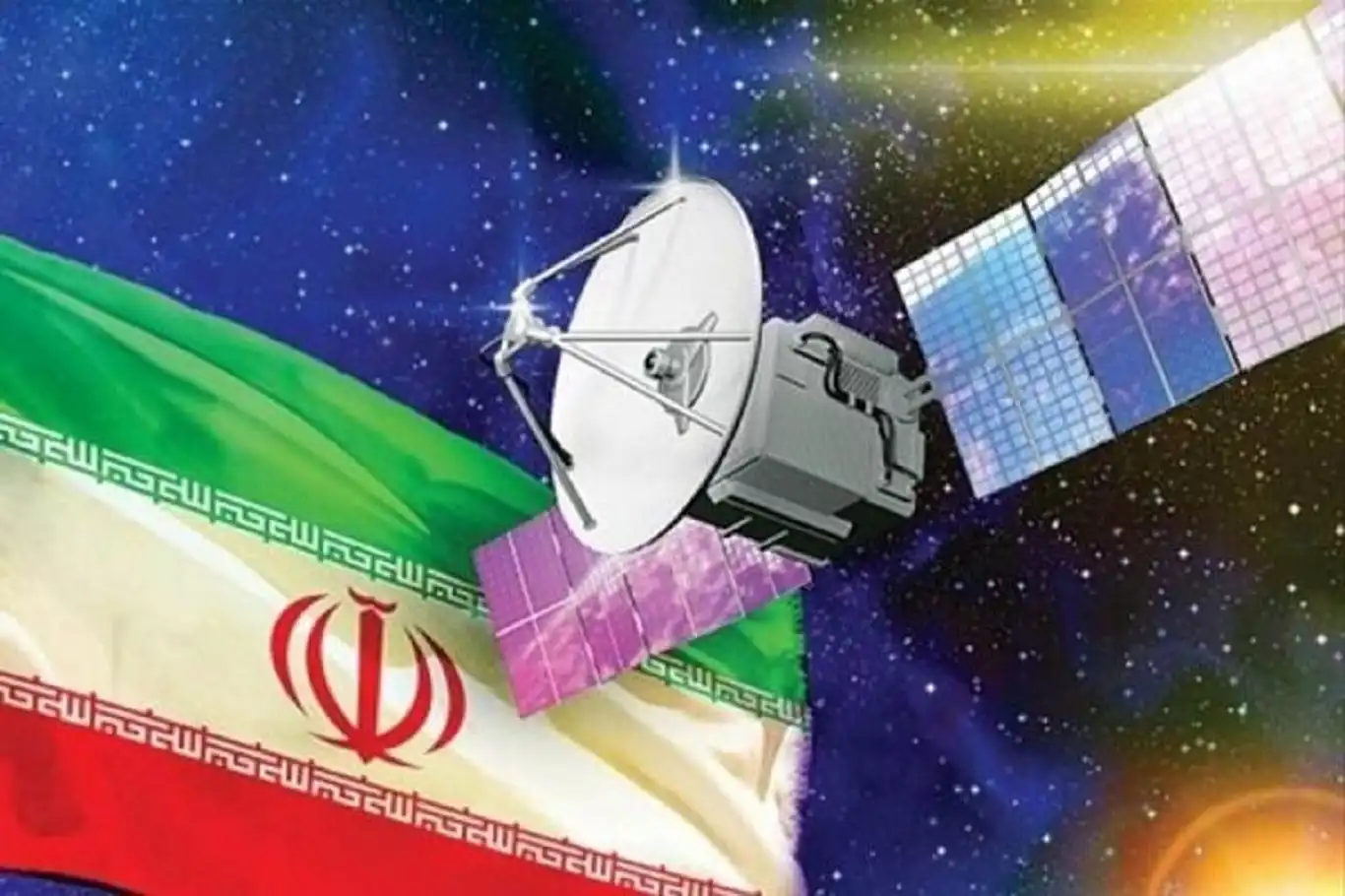Iran successfully launches domestically-built Nahid-2 satellite


Iran marked a major milestone in its space program on Friday with the successful launch of its domestically-built research and telecommunications satellite, Nahid-2, into orbit aboard a Russian Soyuz rocket from the Vostochny Cosmodrome.
The launch, commissioned by the Iranian Space Agency (ISA) and carried out in partnership with the Iranian Space Research Center, was part of a broader international mission involving multiple satellites. Russia’s Ionosfera-M3 and M4 satellites were launched alongside Nahid-2, along with 18 other payloads from various countries, highlighting growing global cooperation in space exploration.
A symbolic highlight of the event was the visible emblem of the Iranian Space Agency on the Soyuz launch vehicle, underlining Iran’s official participation in this multinational space initiative.
Nahid-2, designed for a five-year orbital mission, showcases significant technological advancements achieved by Iranian engineers. One of its most notable features is an indigenous propulsion system capable of adjusting the satellite’s altitude by up to 50 kilometers—an essential capability to counteract gradual orbital decay caused by Earth’s gravity.
The propulsion system, fully developed and manufactured within Iran, includes advanced components such as hot gas thrusters, a composite fuel tank, high-pressure valves, and precision control mechanisms. Due to their sensitive and high-tech nature, these components are typically difficult to acquire internationally, making their domestic production a significant achievement for Iran’s aerospace industry.
Beyond propulsion, Nahid-2 integrates a variety of critical support technologies developed by Iranian research institutions. These include space-grade polymer-based thermal insulation coatings, conductive adhesives for efficient heat management, and lithium-ion batteries engineered to endure tens of thousands of charge-discharge cycles throughout the satellite’s operational life.
Iranian officials hailed the launch as a triumph of self-reliance and scientific progress, particularly in the face of decades-long sanctions that have limited access to international aerospace technology and markets.
The Soyuz rocket has previously carried several Iranian satellites into orbit, including Khayyam, Pars-1, and Hodhod. Friday’s mission continues a growing record of cooperation between Iran and Russia in the field of space technology, as both nations seek to strengthen their positions in an increasingly competitive global space arena.
With the successful deployment of Nahid-2, Iran continues its upward trajectory in space science and telecommunications, signaling both regional ambition and technological resilience on the world stage. (ILKHA)
LEGAL WARNING: All rights of the published news, photos and videos are reserved by İlke Haber Ajansı Basın Yayın San. Trade A.Ş. Under no circumstances can all or part of the news, photos and videos be used without a written contract or subscription.
Cybersecurity researchers at ESET have identified a groundbreaking new ransomware strain named PromptLock, the first known malware to leverage generative artificial intelligence (GenAI) to execute attacks.
Elon Musk has escalated his ongoing dispute with OpenAI, filing a federal lawsuit in Texas alongside his companies X and xAI against Apple and OpenAI.
Robot dogs, once dismissed as little more than futuristic toys, are rapidly proliferating worldwide and emerging as reliable companions across diverse sectors—from manufacturing plants and city streets to disaster zones and even battlefields.
Former Palestinian national basketball player Mohammed Shaalan, 40, one of Gaza’s most celebrated athletes, was shot and killed on Tuesday by Israeli forces in Khan Yunis, southern Gaza, local sources reported.